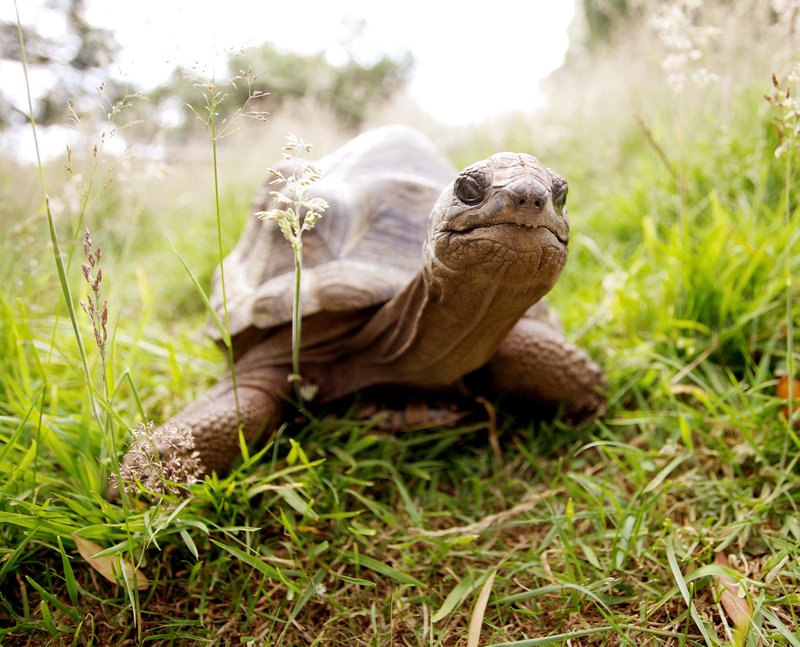
So, where did these amazing creatures come from? To understand today’s tortoises, we need to go back to their ancient ancestors. The story begins with creatures that roamed the Earth over 200 million years ago. These early ancestors have passed on traits that still define tortoises today. Grab a cup of coffee, and let’s explore the evolution of these remarkable reptiles!
Ancient Origins: The Early Ancestors of Tortoises
Tortoises belong to a group of reptiles known as Testudines, which includes turtles and terrapins. The origins of this group trace back to the late Triassic period, around 220 million years ago. Early ancestors of tortoises were quite different from the gentle creatures we recognize today. They had more elongated bodies and didn’t have the hard shells we associate with tortoises. Instead, they had cartilaginous structures that offered some protection.
During this time, the Earth’s climate was drastically different. There were no polar ice caps, and the environment was warm and humid. You might be wondering how these ancient reptiles adapted to their surroundings. They thrived in diverse habitats, from lush forests to arid deserts, and their flexible body shapes allowed them to explore various niches. These adaptations laid the groundwork for the tortoises we see today.
The Development of the Shell: A Key Adaptation
One of the most distinctive features of tortoises is their shell. This evolutionary marvel serves both as protection and as a means to conserve moisture. But how did this shell come into existence? The development of the shell occurred over millions of years. Early tortoises began to evolve a bony structure that eventually became the familiar hard shell.
Instead of simply providing a barrier against predators, the shell allowed tortoises to occupy unique ecological niches. For example, some species of tortoises can retreat fully into their shells, offering a safe haven when threatened. Think of it as their portable home! This evolution gave tortoises a significant advantage, helping them survive in various environments.
Surviving the Mass Extinctions
Throughout Earth’s history, mass extinctions have caused dramatic shifts in life on our planet. One of the most significant events occurred about 66 million years ago when dinosaurs went extinct. Surprisingly, tortoises managed to survive this cataclysmic event. But how?
Tortoises are remarkably versatile creatures. Their ability to adapt to different environments allowed them to thrive even when the world drastically changed. They could eat a wide range of vegetation, and their slow metabolism helped them survive during tough times when food was scarce. As ecosystems transformed, certain tortoise species flourished in new conditions. This adaptability has been crucial in ensuring the survival of tortoises through the ages.
The Global Spread of Tortoise Species
As continents shifted and climates changed, tortoises began to spread across the globe. Today, there are around 50 recognized species of tortoises, each adapted to its local environment. Some live in tropical regions, while others make their homes in deserts or grasslands. This global spread is a testament to the tortoise’s ability to adapt and survive.
For instance, the iconic Galápagos tortoise evolved on the isolated Galápagos Islands. Over time, these tortoises developed unique traits based on their specific habitats, such as the saddle-backed shell shape of some populations. This adaptability showcases how tortoises have evolved to thrive in various ecosystems around the world.
Modern Challenges: Threats to Tortoise Survival
Despite their remarkable evolutionary history, tortoises face numerous challenges today. Habitat destruction, climate change, and poaching are leading threats to tortoise populations. As human activity continues to encroach on their habitats, many tortoise species are struggling to survive.
Conservation efforts are crucial in helping to protect these ancient creatures. Organizations worldwide are working to preserve their habitats, educate the public, and promote breeding programs. By understanding the evolutionary history of tortoises, we can appreciate their unique place in our world and the importance of protecting them for future generations.
The evolutionary history of tortoises is a fascinating journey filled with adaptations that have allowed them to thrive in changing environments for millions of years. From their early ancestors to the remarkable species we see today, tortoises have a unique story that highlights the beauty of nature’s resilience. As we move forward, it’s vital to recognize the challenges they face and work together to ensure these incredible creatures continue to roam our planet for many more years to come. So next time you see a tortoise, take a moment to appreciate not just its slow pace, but the rich history it carries on its back!

